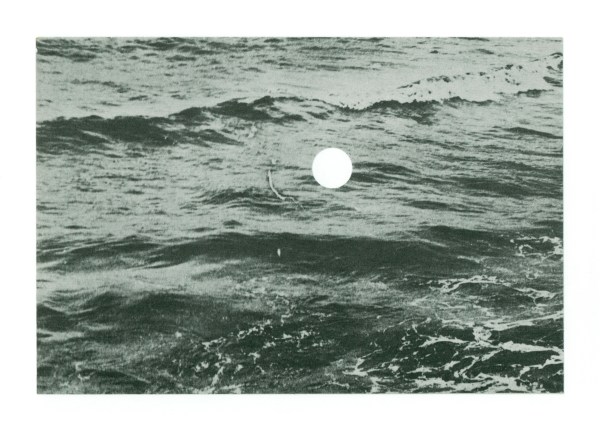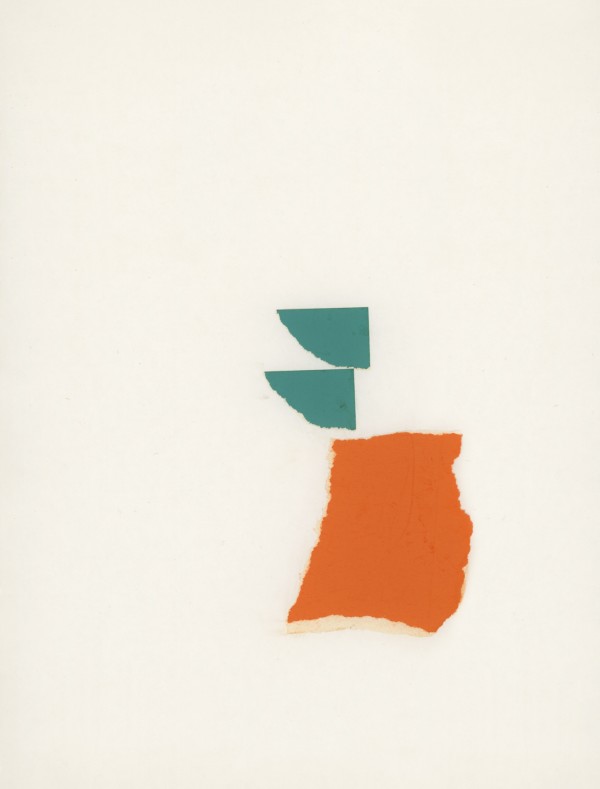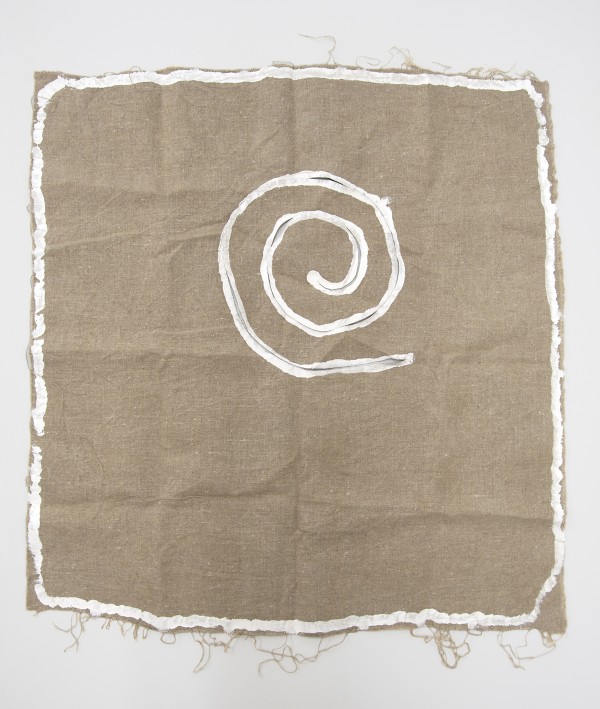Biography
All materials are sculptural. I experience the physical world in nature and the physical world in our built structures, as sculptural
Waddington Custot Galleries presents Animal, Vegetable, Mineral, an exhibition curated by Dr Jo Melvin, focusing on the early career of the renowned late British sculptor. A survey of works from the 1960s, 70s and 80s, the exhibition includes a selection of Flanagan's key early explorations in material and form instrumental in shaping his later career, some having not been exhibited for over 30 years. The artist's use of unconventional materials and his central position in early British Conceptual Art is further informed by displays of contemporary material from the Estate archive, including examples of the artist's concrete poetry, working drawings, logbooks and photographs.
The exhibition marks the 50th anniversary of Flanagan's first solo show, held at Rowan Gallery, London, in 1966; Animal, Vegetable, Mineral was the title American writer and curator Gene Baro gave to his review of that show.
One of Britain's most original and inventive sculptors, Penelope Curtis, former director of Tate Britain, has described Flanagan as 'a maverick figure but a maverick who was absolutely central to the artistic conversation of the 1960s and 70s'. [2] One of the influential generation of artists studying at St Martin's School of Art in the early to mid-1960s, Flanagan reacted against the formal rigidity of sculpture at that time, challenging the nature of the medium and contributing to a new understanding of the practice. His fourteen-foot long, steel sculpture, metal 2 ’64 (1964), constructed during his time at St Martin's, will be exhibited. Its precariously balanced elements are a playful response to the formal, weighty sculptures of St Martin's teacher, Anthony Caro and his followers.
Animal, Vegetable, Mineral reveals the variety of mediums Flanagan utilised, natural and manmade, including sand, plaster, cloth, metal, stone and bronze. His questioning, sometimes irreverent approach to the creation of his sculptures challenged the nature of these materials, in particular how they could be affected by forces such as heat or gravity, determining their final form. The sand in Untitled (1970) and 4 rahsb 2 '67 (1967) is contained within pre-sewn canvas bags allowing the sculptures to find their own shape. one ton corner piece (1967), created by pouring a prescribed weight of sand on to the floor of the gallery, reveals Flanagan's preoccupation with subverting conventional installations in gallery environments. Crossing media, he used photography and film in his practice; sand girl (1970) observes the contours and mounds of sand poured across the body of a naked woman; the viewer watches 'sculpting in action'. [3]
Flanagan's ground-breaking approach to sculpture had strong parallels with the emergent Land Art movement in the UK, and internationally, in which he played a pioneering role. His notable interventions in the landscape include ring and line (1967), as well as the placement of his three-ton easter bag ’67 (1967), on Holywell beach in Cornwall. His film hole in the sea (1967–70) was included in Gerry Schum's seminal television broadcast exhibition Land Art (1969), which featured films by renowned Land Artists Richard Long, Dennis Oppenheim, Robert Smithson, Marinus Boezem, Jan Dibbets, Walter De Maria and Michael Heizer.
Fifty years after Flanagan’s first solo exhibition, Waddington Custot Galleries celebrates his legacy which continues to influence and resonate in contemporary art practice of today.
NOTES TO EDITORS
Dr Jo Melvin, Director of The Estate of Barry Flanagan, is an art historian and Reader in Fine Art, Special Collections and Archives at Chelsea College of Art, University of the Arts, London. She will give a lecture at Yale; ‘Animal, Vegetable, Mineral Barry Flanagan and his contemporaries’ on February 22, 2016.
About Barry Flanagan
Barry Flanagan was born in Prestatyn, North Wales, in 1941 and died in Ibiza in 2009. He studied at Birmingham College of Art and Crafts before attending St Martin’s School of Art in London in 1964. Between 1967 and 1971, he taught at St Martin’s School of Art and the Central School of Arts and Crafts.
In 1982 Flanagan had major presentations at documenta 7 and the Venice Biennale where he represented Great Britain. He was elected to the Royal Academy of Arts and awarded an OBE in 1991.
Major solo exhibitions have been held at Fundación 'La Caixa' Madrid (1993); Musée des Beaux-Arts, Nantes (1994); Tate Liverpool (2002); Kunsthalle Recklinghausen, Germany, and Musée d’Art Moderne et d’Art Contemporain, Nice (2002); Irish Museum of Modern Art / Dublin City Gallery The Hugh Lane (2006). Flanagan's monumental bronze sculptures have been exhibited along Park Avenue, New York City (1995–6); Grant Park, Chicago (1996); and in the grounds of Chatsworth House, Derbyshire (2012).
An important survey of Flanagan's early work (1965–1982) was shown at Tate Britain in 2011 and his work will be included in their exhibition Conceptual Art in Britain: 1964–1979, opening on 12 April 2016.
[1] Barry Flanagan, in conversation with Hans Ulrich Obrist, Barry Flanagan Sculpture: 1965–2005, Irish Museum of Modern Art / Dublin City Gallery The Hugh Lane, 2006, p.60
[2] Penelope Curtis, Foreword, Barry Flanagan: Early Works 1965–1982, Tate Publishing, 2011, p.6
[3] Dr Jo Melvin, 'No thing to say', ibid. p.58
-

a hole in the sea, 1969, 16mm colour film still, as reproduced to annouce Land Art, Fernsehgalerie Gerry Schum, Berlin, 1969
-

june '68, 1968, paper collage, 10 1/4 x 7 7/8 in / 26 x 20 cm
-

Untitled, 1979, hessian, plaster and acrylic medium, 35 3/8 x 29 1/2 in / 90 x 75 cm
-

Untitled, 1981, marble, 39 3/8 x 29 1/2 x 29 1/2 in / 100 x 75 x 75 cm













